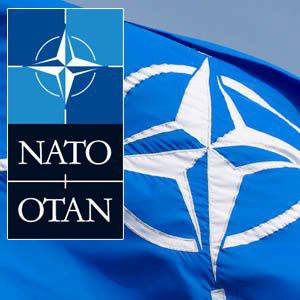
OTTAWA — Even as Prime Minister Justin Trudeau prepares to defend against U.S. President Donald Trump’s demands that Canada invest more in defence, a new NATO report suggests Canadian military spending as a percentage of GDP will fall sharply this year.
Canada is expected to spend an estimated 1.23 per cent of its GDP on defence in 2018 — down from 1.36 per cent last year, says the annual report, which looks at military investments for all member states.
The decline is largely the result of two one-time expenses last year, said National Defence spokesman Daniel Le Bouthillier, one of which was a retroactive pay increase for service members that was included in the Liberal government’s defence policy.
The other was more unexpected: a $1.8-billion payment into the account that provides pensions for Forces members and their dependents.
“Canada continues to place a premium on tangible operational contributions,” Le Bouthillier said in a statement, “as well as on demonstrating a commitment and capacity to deploy and sustain personnel in support of the NATO alliance.”
The department’s explanation makes sense, said defence analyst David Perry of the Canadian Global Affairs Institute, calling it laudable that the government is investing more in pay and pensions for service members.
But the report comes at a sensitive time for Trudeau, given Trump’s persistent calls on NATO allies to increase their defence spending to two per cent of GDP — as members first agreed back in 2014.
The U.S. president is expected to push the matter hard when he sits down Wednesday in Brussels with Trudeau and other NATO leaders.
“The prime minister is saying that Canada is doing great things,” Perry said. “Only now, he will have to explain why spending has gone down.”
The Liberal government actually changed the way Canada reports its defence spending to NATO last year, largely to ensure its investments were being properly acknowledged amid U.S. pressure to spend more.
That change saw the government include the cost of some veterans programs, deploying police on peacekeeping missions, coast guard operations and even computer support in the overall number.
The addition of those costs, which many other countries have long included in their own calculations, added approximately $4.4 billion to Canada’s reported defence spending in 2017.
Without those costs, Canada’s reported defence spending would have been around one per cent of GDP.